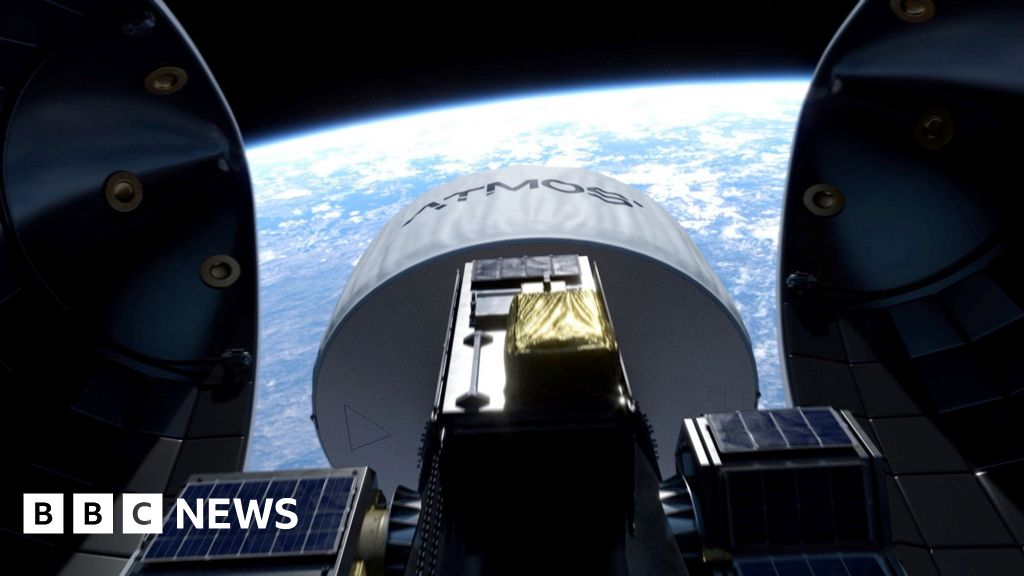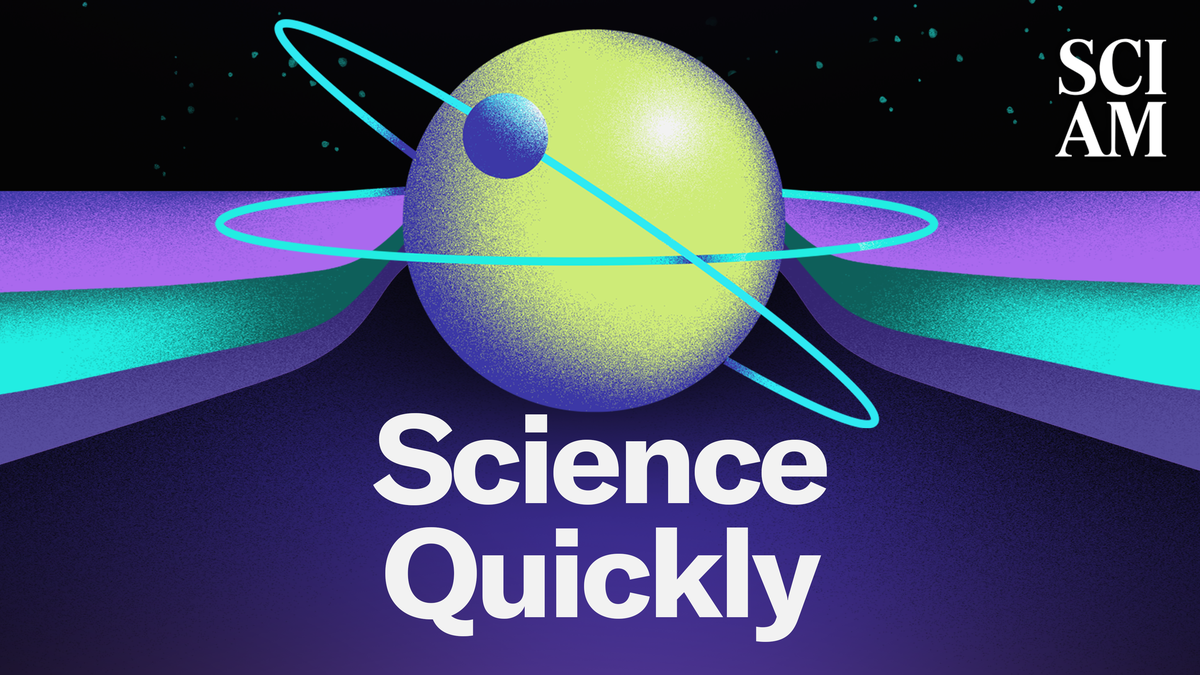Revolutionizing Solar Imaging: The MLAstro SHG 700 Spectroheliograph

For astronomy enthusiasts with a keen interest in solar observations, obtaining high-resolution images of the Sun that extend beyond conventional white-light photographs has traditionally been a challenging endeavor, often requiring specialized and costly equipment. While hydrogen-alpha filters have been a long-standing favorite among amateur solar imaging fans, a groundbreaking alternative is gradually gaining traction in the field: the spectroheliograph. At the forefront of this innovative movement is the MLAstro SHG 700, an advanced, pre-assembled solar spectroheliograph tailored specifically for astrophotographers. This article will delve into the remarkable features of the SHG 700, how it operates, and the reasons it is emerging as a formidable competitor to conventional etalon-based imaging systems.
Understanding Spectroheliographs
A spectroheliograph is a sophisticated optical device designed for imaging the Sun by isolating very narrow bands of light. This capability allows astronomers to focus on specific wavelengths emitted by various elements such as hydrogen (H-alpha), calcium (Ca K), and sodium (Na D). While traditional systems using etalons can isolate a particular wavelength across the entire solar disk in real-time, spectroheliographs employ a different, more elaborate method.
In the setup of a spectroheliograph, the Sun's image is scanned line by line through a narrow slit. The incoming light is then dispersed into a spectrum using a diffraction grating, with a camera tasked with capturing the selected wavelength. This meticulous process results in a monochromatic image composed of thousands of spectral slices, where each slice represents a narrow segment of the Sun at a specific wavelength. Sophisticated software is then utilized to reconstruct a complete image from this scan, offering significant advantages in terms of spectral resolution and wavelength flexibility.
Introducing the MLAstro SHG 700
The MLAstro SHG 700 distinguishes itself as one of the most advanced spectroheliographs currently available for the amateur astronomy community. Unlike do-it-yourself setups that require extensive optical knowledge and careful alignment, the SHG 700 is delivered fully assembled, calibrated, and ready for immediate deployment.
Its design is both compact and robust, featuring a CNC-machined aluminum housing that guarantees mechanical stability, even during prolonged imaging sessions under the Sun's glare. The unit is equipped with:
- Two MLAstro 72mm flat-field compound lenses
- One 2400 l/mm, 25x25x6mm holographic grating
- One 7mm long, 7-micron wide quartz slit
This configuration enables users to perform full-disk solar scans with telescopes boasting focal lengths of up to 730 mm, making it compatible with most small to medium-sized refractors.
How It Works
The imaging workflow of the SHG 700 involves scanning the solar disk with the aid of motorized tracking (RA drive) or through a manual scan. As sunlight passes through the quartz slit, it is collimated, diffracted, and re-imaged onto a high-speed monochrome camera. This camera captures individual spectral lines, primarily concentrated in H-alpha, although it is also capable of targeting other lines such as Ca K and He D3.
After scanning is completed, software like SHG GUI or Intensitygram is employed to merge the spectral slices into a cohesive final image. Users can then apply image processing techniques akin to those used in planetary imagingsuch as stacking, sharpening, and contrast enhancementto achieve stunning results. This system offers exceptional resolution, providing a spectral sampling of approximately 0.060-0.1 per pixel, which is significantly narrower than most commercial etalon filters that typically provide resolution of around 0.5-0.7 full width at half maximum (FWHM).
Etalon vs. Spectroheliograph: Understanding the Differences
Etalon-based imaging systems, produced by companies such as Daystar, Lunt, and Coronado, are often favored for their user-friendly design and real-time imaging capabilities. These systems utilize interference filters to transmit a narrow band of light, generally focused on the H-alpha line (656.28 nm), allowing the observation of solar prominences, filaments, and surface activities as they happen. However, etalons have their limitations: their bandwidth is generally fixed and broader than what a spectroheliograph can resolve, and high-quality etalons can be prohibitively expensive, often costing several thousand dollars. Additionally, they are sensitive to temperature variations and tilt, which can adversely affect image uniformity and quality.
In contrast, the MLAstro SHG 700 does not rely on interference filters. Instead, it offers the ability to resolve much narrower spectral features and allows for digital tuning to any wavelength within the visible spectrum. This flexibility enables users to explore not only hydrogen-alpha but also other spectral lines, including Ca II K (393.4 nm) and sodium D (589.3 nm), enhancing both scientific and aesthetic applications. While spectroheliographs do not provide live video feeds due to their scanning nature, the trade-off is a markedly superior spectral resolution and the ability to switch wavelengths without incurring additional costs.
Designed for Simplicity and Precision
One of the most appealing aspects of the SHG 700 is its plug-and-play functionality. Unlike traditional spectroheliographs that necessitate careful optical alignment, this instrument comes fully aligned and tested, representing a significant advancement in making spectroheliography accessible to a wider audience.
The optics are custom-designed to deliver sharp images across a 16 mm illuminated field, which is more than sufficient for standard CMOS sensors. Furthermore, the internal structure ensures that the slit, lenses, and grating remain fixed and orthogonal, eliminating one of the most significant challenges associated with traditional spectroheliograph construction. For small refractors (those with an aperture of under 4 inches), an energy rejection filter (ERF) is typically not required, making setup simpler and more cost-effective. Users with larger apertures have the option to install a standard ERF or a front-mounted filter to effectively manage heat and protect the optics.
Exploring Scientific and Creative Possibilities
Beyond its impressive imaging capabilities, the SHG 700 opens new doors for amateur solar spectroscopy. Users can observe the evolution of chromospheric features over time, compare images captured at different wavelengths, or even detect Doppler shifts in active solar regions.
From a creative standpoint, the instrument enables astrophotographers to produce full-disk solar portraits at multiple wavelengths, each revealing distinct solar layers and processes. The detail captured in H-alpha filaments, calcium plage, or helium loops can rival images taken by professional observatories, provided that atmospheric conditions are favorable.
The potential for outreach and educational opportunities also expands, as the workflow involved in capturing and assembling an SHG image can serve as an engaging aspect of solar astronomy demonstrations, particularly appealing to high school and university audiences.
Availability and Pricing
The MLAstro SHG 700 is currently available for pre-order on the official website, with a price tag of $880.
In conclusion, the MLAstro SHG 700 signifies a pivotal shift in amateur solar imaging, simplifying a previously complex technique and packaging it in a form that is accessible, reliable, and high-performance. With unmatched resolution and versatility, it caters to those seeking an experience beyond traditional H-alpha views, ready to trade real-time imaging for the ability to capture ultra-fine details. As solar activity ramps up with the approach of Solar Maximum, now is an ideal time to delve into the Sun's intricate nature beyond its surface. The SHG 700 not only reveals our closest star to its observers but also allows them to analyze its light at a granular level, one angstrom at a time.
Clear skies!


























